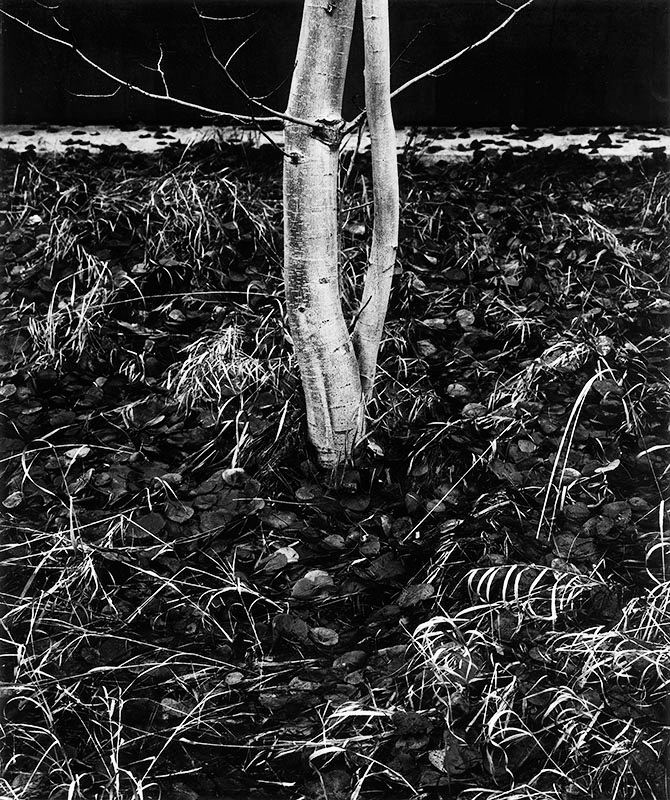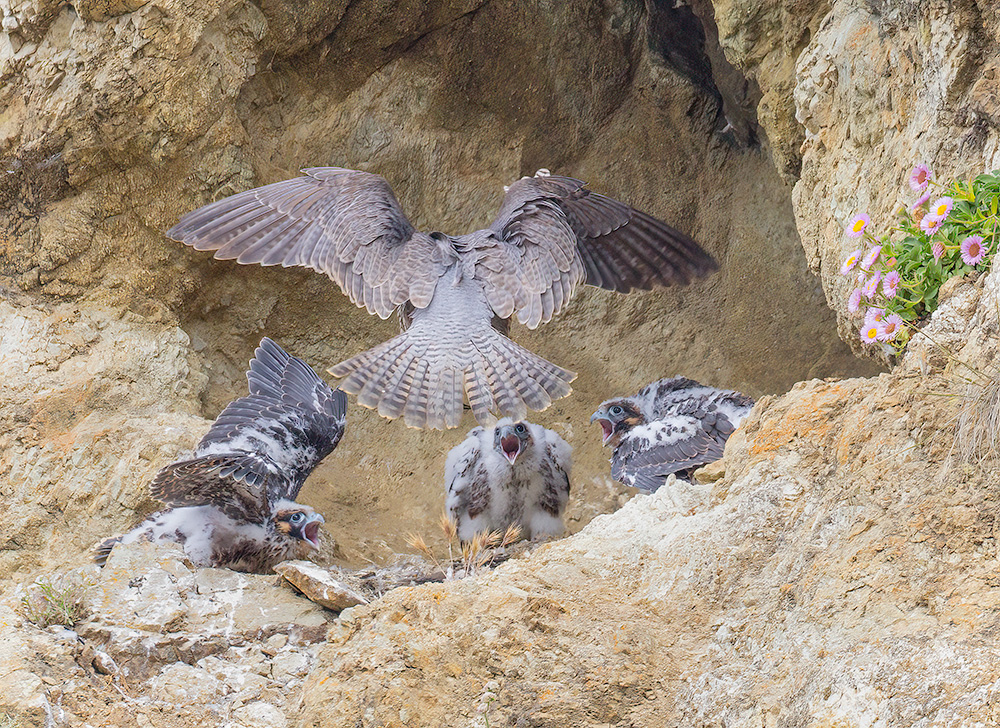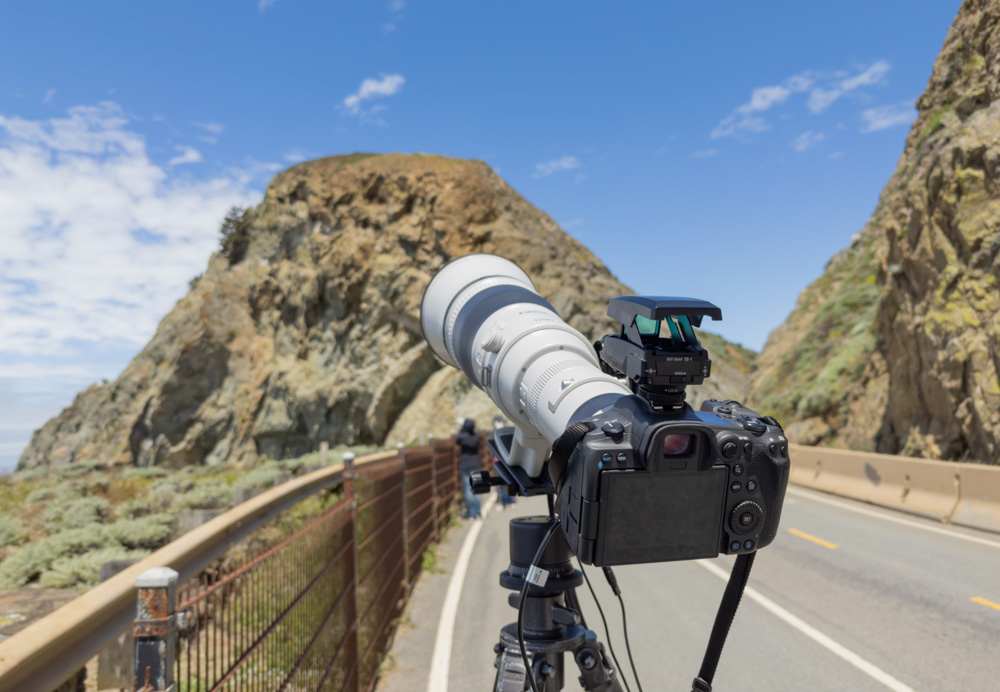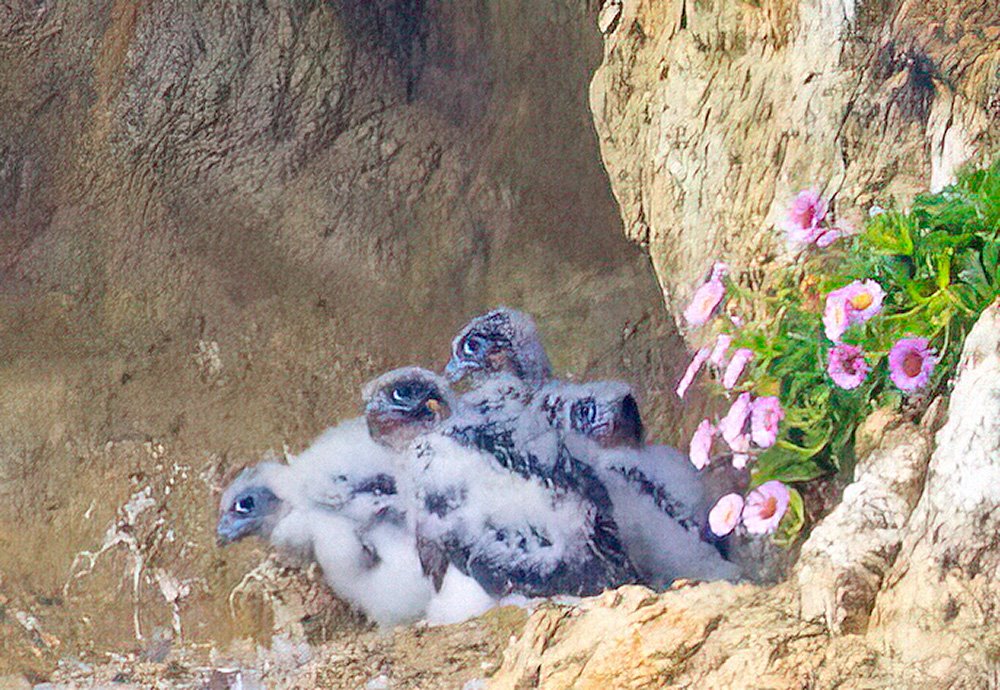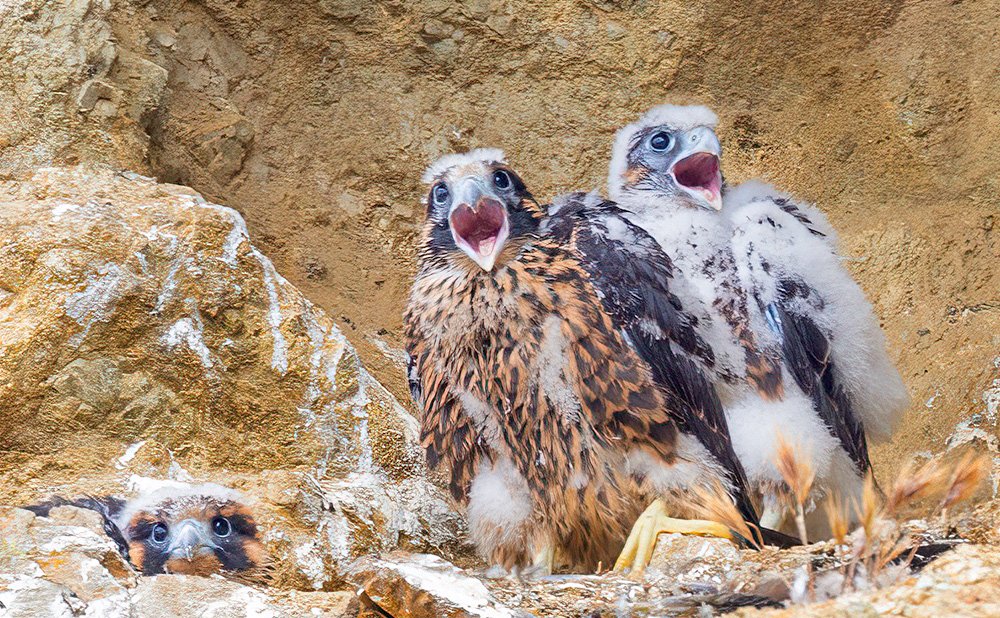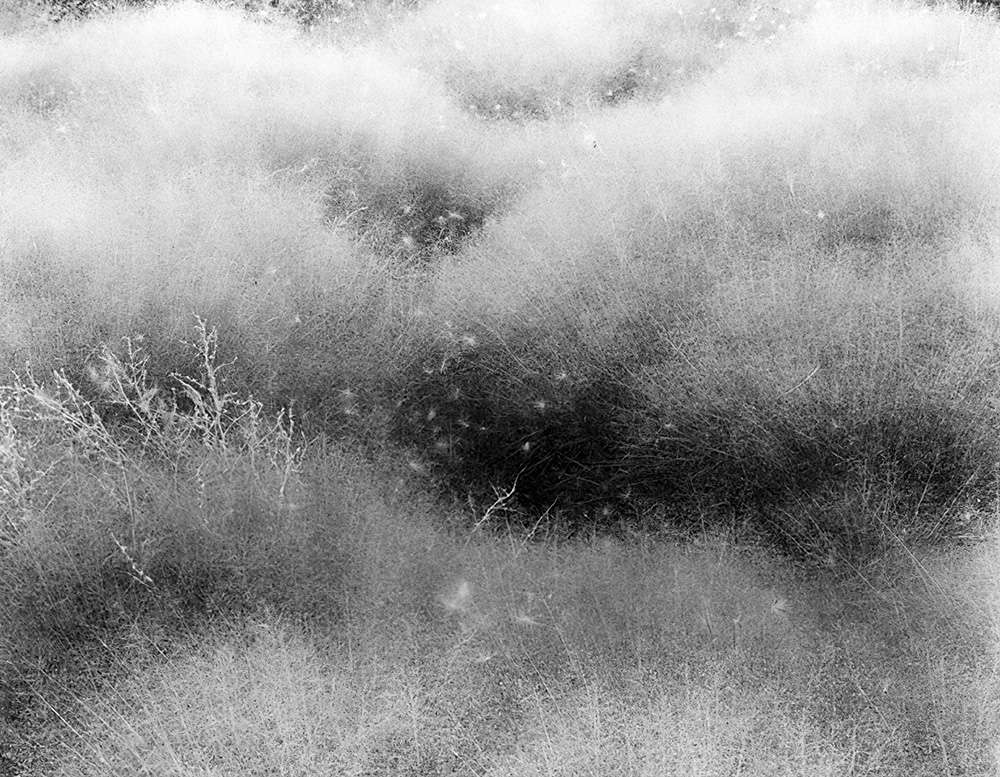
The silvery highlights in this photograph from Mono Lake made me fall in love with this print from 1980. In the darkroom, a two-bath paper developer process allowed softer and extended highlight development followed by a short emersion in a strong developer to hit the more exposed (darker) areas of the print. This technique was inspired by my friend Ted Orland who used it on a wonderful print, as I recall, of an old gas station pump.
The darkroom print development for this print, as best I can recall, was Kodak Selector Soft as the first developer, in the tray for quite a long time. It might have even been as long as 9 minutes. The idea was to fully develop the highlight and mid-tone values, then use Kodak Dektol as a second more powerful developer (30 seconds to a minute or two) to take the print’s dark values, now saturated with developer, but still only dark gray from the Selectol-Soft, and let the Dektol take the dark values to a rich black. The paper I used was Agfa Brovira toned briefly in Selenium toner after development.
I was so pleased with the results that I made 5 identical prints and froze the paper to come back and do more. I was never able to repeat the effect.
I made this image while gathering work for my group show “At Mono Lake.”
Explore alternative and beautiful tonal interpretations in my Digital Black and White Vision and Printing Workshop on June 24–25. One spot left.
Register: bit.ly/45ViaJl

